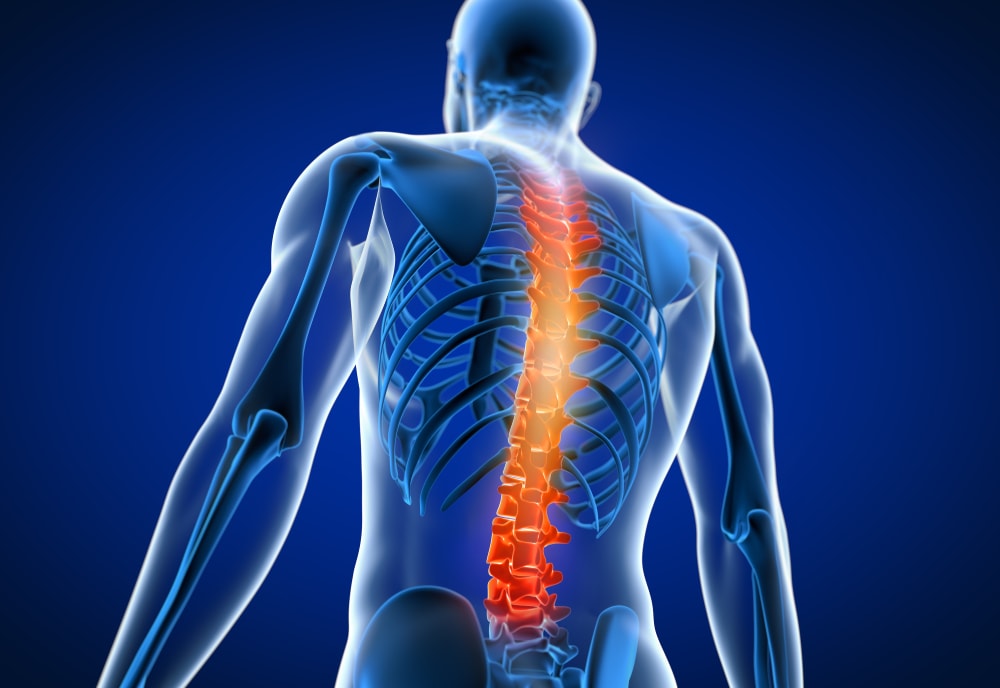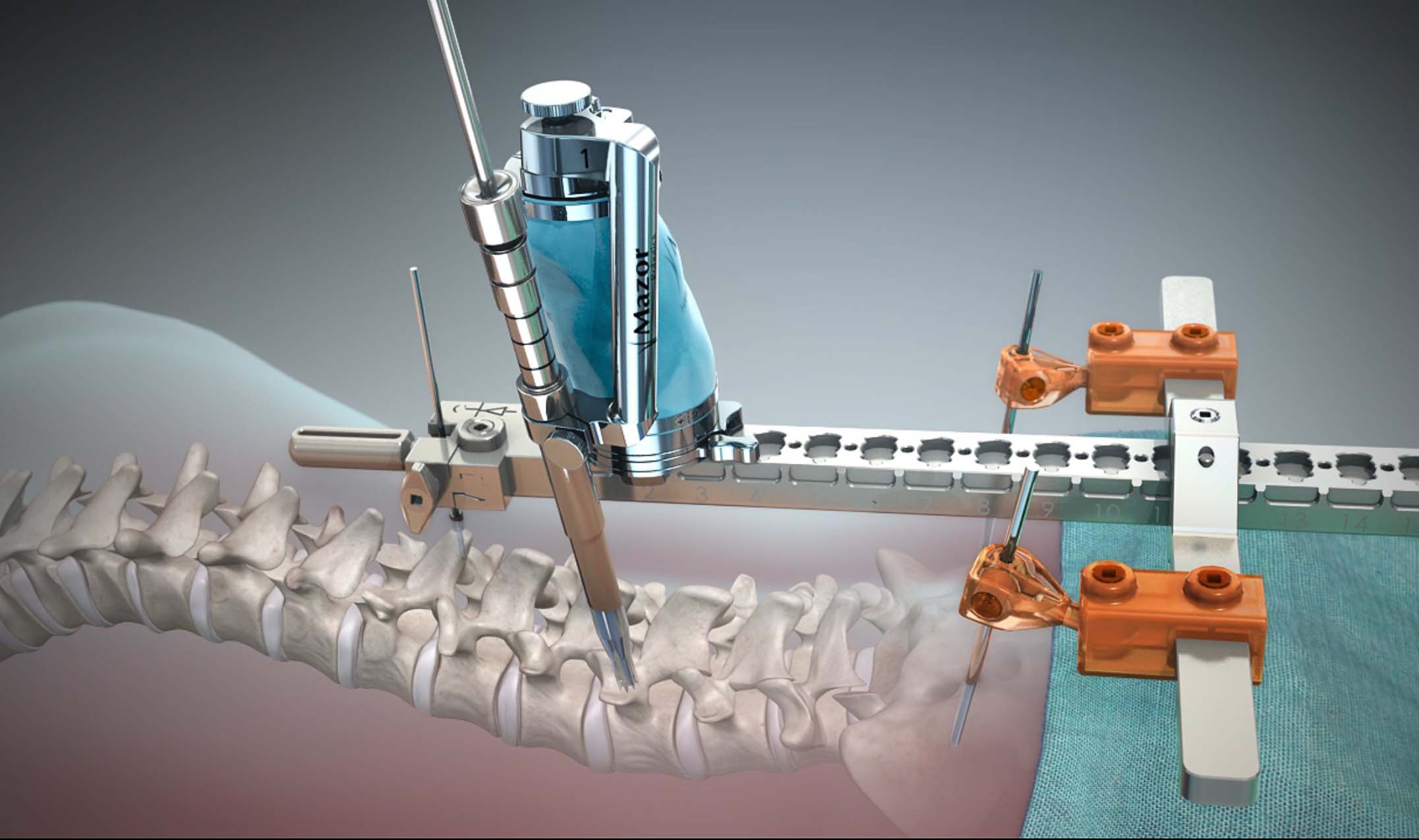Overview
Disc injuries are common spine problems that occur when the cushioning discs between the vertebrae of the spine are damaged or displaced. These discs act as a shock absorber for the spine, supporting its flexibility and protecting it during daily movements. However, damage to one of these discs can cause discomfort, pain, and sometimes significant mobility problems. Mspin’s Dr. Irfan Malik specializes in the fight against this critical condition.







